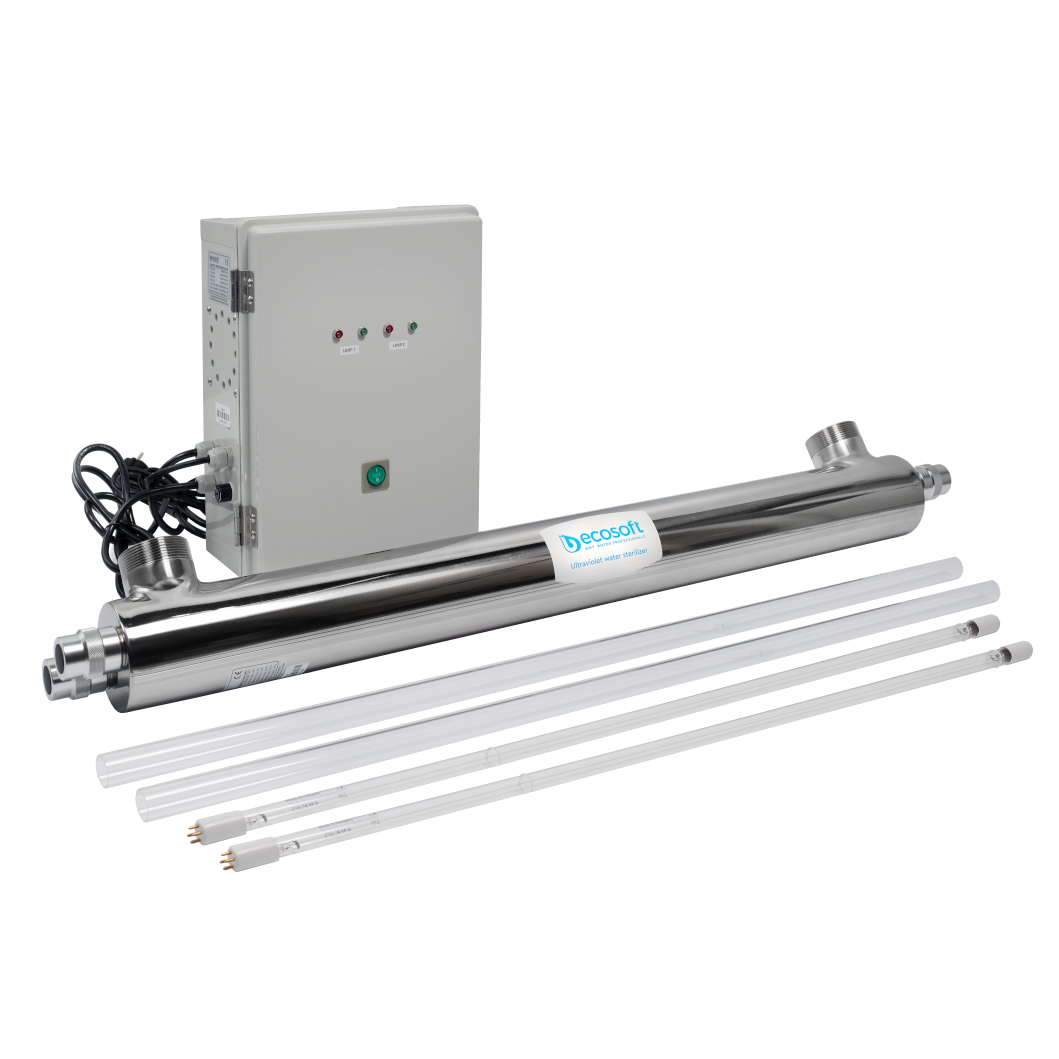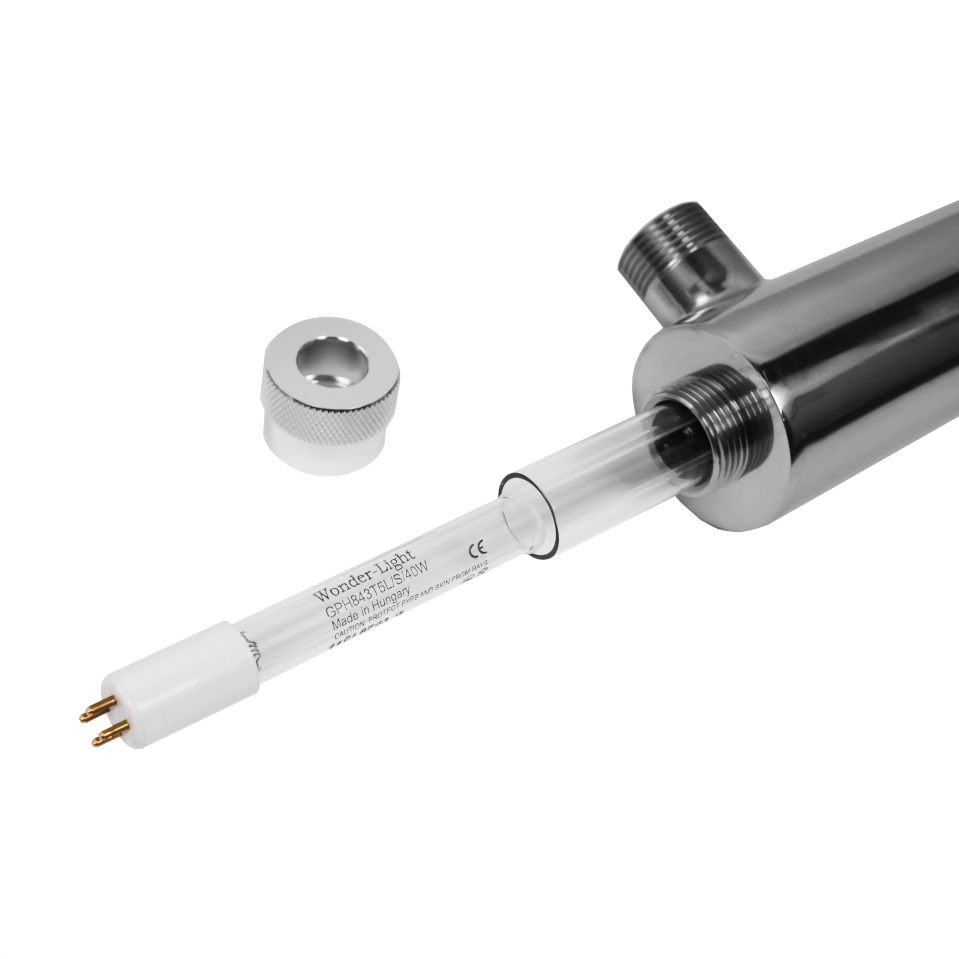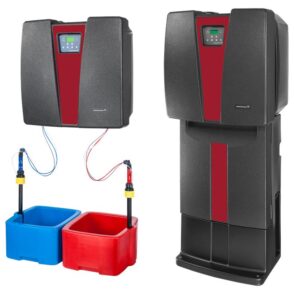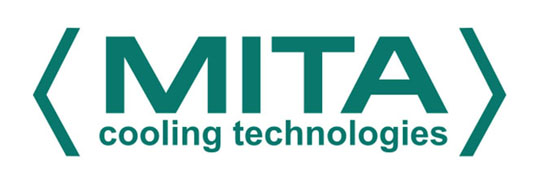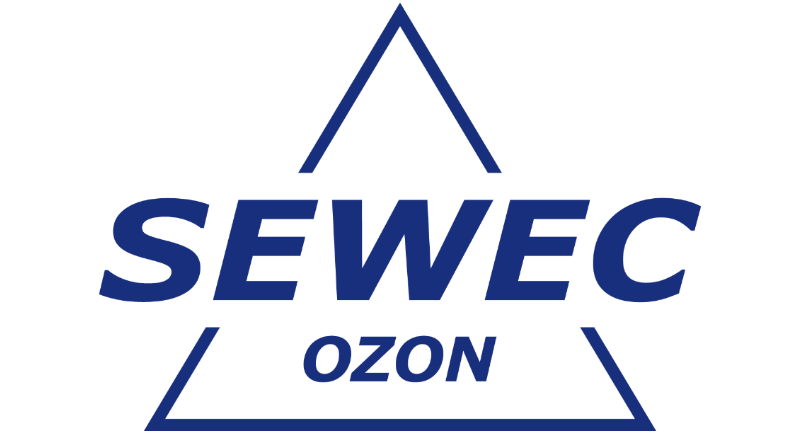Description
Ultraviolet lifght is a type of electromagnetic radiation that has a wavelength between 100 and 400 nm, split into three ranges: UV-A, UV-B and UV-C. Destroying microorganisms through UV radiation occurs when the UV Energy is adsorbed by the cells’ genetic structure, resulting in the creation of primidyne dimers. They cause DNA malfunctions, preventing it from being reconstructed. The effectiveness of UV rays depends on the kind of microorganisms – mostly on their resistance to UV penetration inside the cel.
Benefits:
- avoids adding a significant amount of chemicals to water,
- no change in taste or smell,
- eliminates the risk of overdosing disinfectants or causing unwelcome side effects,
Cons:
- disinfection occurs only as long as the UV light is present
Due to how UV radiation works during the lighting, it’s required to use chemical disinfectants, although in much smaller doses. UV lamps should be working constantly, and the forming sediment must be systemically removed. UV radiation is harmful to eyes or skin.

